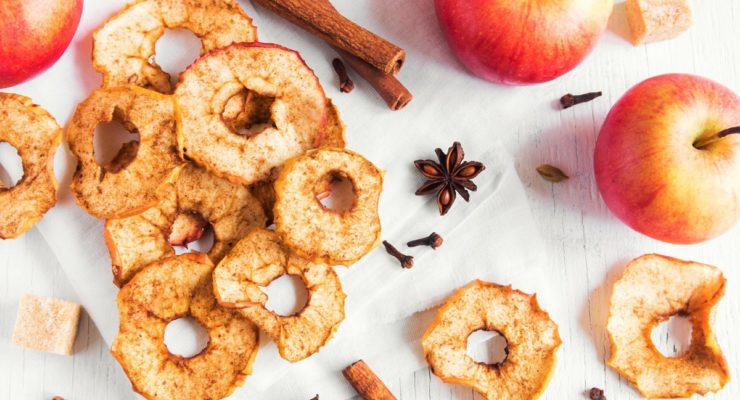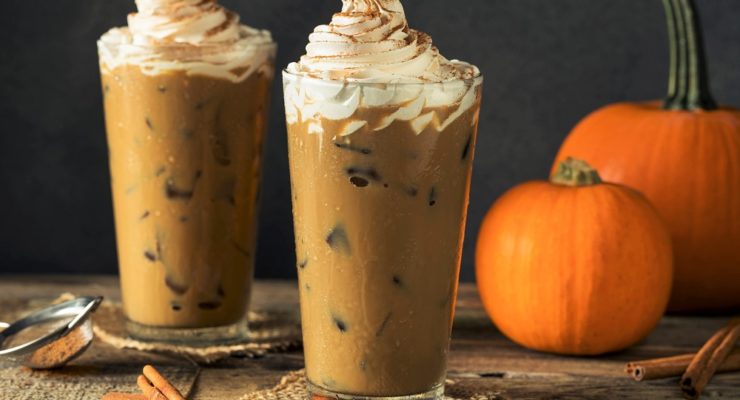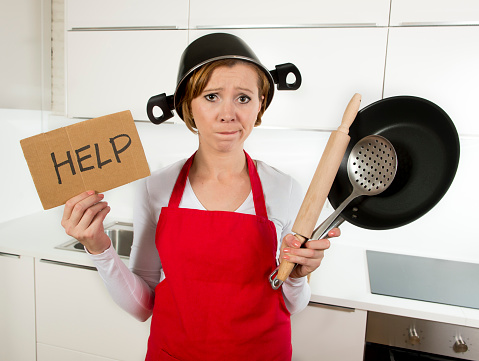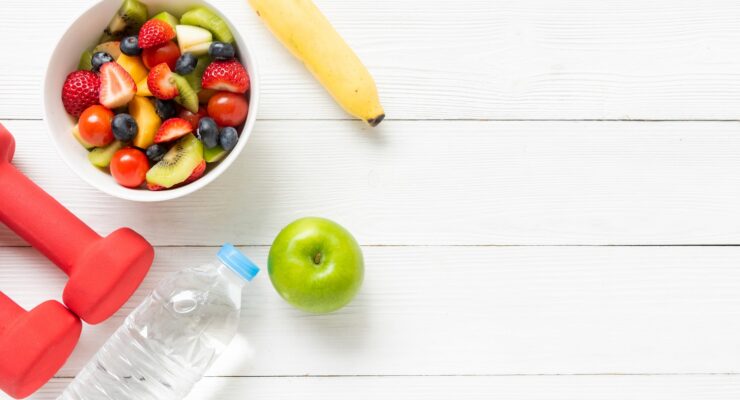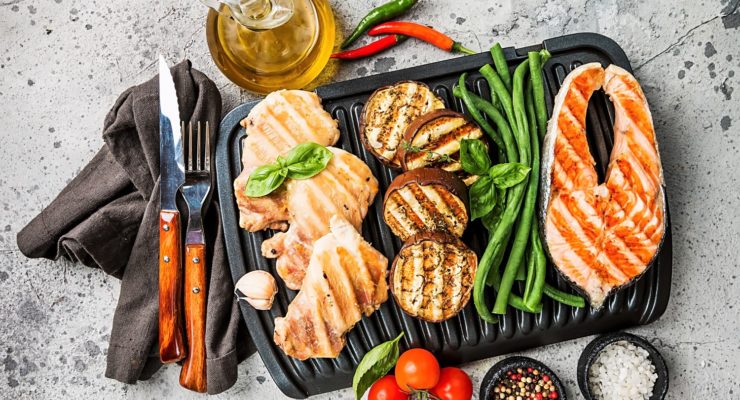
The best thing about leftovers is that the work of making healthy food is already done. You just have to heat and eat. But how long can you keep leftovers before they’re not safe to consume or even tasty anymore? Use these hints from the experts to be sure your leftovers are still a good choice.
Smell doesn’t tell. Food scientists distinguish between bacteria that causes food to spoil and pathogens, the microbes that cause food poisoning and other illnesses. Bacteria turn the edges of vegetables brown, cause a slimy surface on meat, and may create off-odors from the food. Bacteria may make food unappetizing, but they are generally not dangerous. In many cases, you can cut away the affected area and still enjoy the rest of the food. Pathogens, on the other hand, can be odorless, colorless and altogether invisible. And they can lead to everything from discomfort in your digestive tract to serious food-borne illness.
Rule of four. Since you can’t count on looks or smell to protect you from pathogens, you’ll be safer if you rely on the U.S. Department of Agriculture’s Rule of Four for leftovers: Store them for no more than four days at 40 degrees Fahrenheit (4 degrees Celsius). Be sure to check your refrigerator’s temperature: about 25 percent of home refrigerators in the U.S. are too warm to keep food safe. If you won’t eat leftovers within four days, put them in the freezer right away—the cold temperatures will prevent pathogens from getting into the food.
Avoid the danger zone. Both bacteria and pathogens are most likely to become established when food is in the “danger zone” between 40 and 140 degrees Fahrenheit. To be safe, don’t allow perishable foods, such as meat, poultry, fish, dairy and eggs, to sit more than two hours at typical room temperature or more than one hour at temperatures above 90 degrees Fahrenheit, recommends the Mayo Clinic.
Spread it out. You might try to save on fridge space by packing leftovers in a big clump jammed into a small container. But this may keep the food at the center of the mass from cooling quickly, giving bacteria and pathogens time to grow even while the food is in the fridge. To maximize how long foods stay fresh, leave enough space between refrigerated items for the cold air to circulate.
Cool lunch. When packing leftovers to take along for lunch, use a small ice pack to ensure the food stays at or below 40 degrees.
Heat thoroughly. When you’re ready to eat leftovers, you can reheat them on the stove, in the oven or in the microwave. Just be sure their internal temperature reaches at least 165 degrees Fahrenheit. That’s the temp at which bacteria and pathogens are killed.
When in doubt, throw it out. You probably already toss any food that smells bad or looks like it has mold or a slimy coating. But after four days, no matter what the leftovers look or smell like, throw them out. Healthy food is never risky!

